Earth Science and Engineering
Lagoon blooms out of Red Sea season
Seasonal phytoplankton blooms in the Al-Wajh lagoon differ from those in the adjacent Red Sea due to regional water dynamics and nutrient availability.
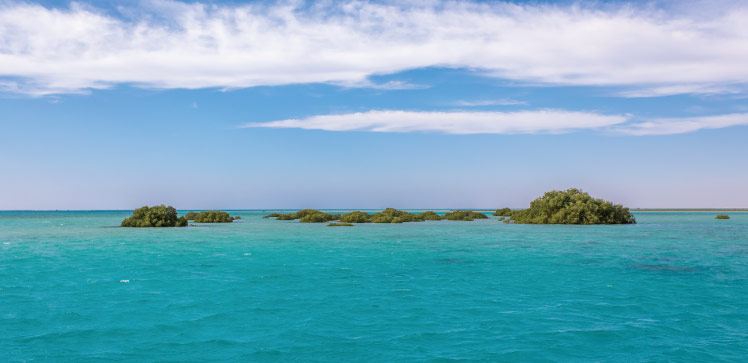
The aim of Saudi Arabia’s Red Sea Project is to transform the Red Sea coast into a world-class tourist destination. The Al-Wajh lagoon on the country’s northwestern coast has been declared a conservation zone and a key host site. KAUST researchers involved in consultations related to the Red Sea Project have recently uncovered an interesting phenomenon linked to phytoplankton blooms in the lagoon.
“Coastal lagoons form distinctive, diverse ecosystems that hold considerable scientific and economic importance,” says Peng Zhan, a former KAUST researcher who worked on the project with colleagues from the Red Sea Modeling and Prediction group led by Ibrahim Hoteit and co-workers in Greece. Zhan has since joined the Southern University of Science and Technology (SUSTech) in China and still collaborates closely with the KAUST team.
Fluctuations in the availability of phytoplankton — a keystone species forming the basis of the food chain — are critical to the health of marine life. However, little is known about the phytoplankton cycle in tropical lagoons.
Phytoplankton biomass can be estimated from the concentration of chlorophyll in the water. The team developed a remote-sensing ocean-color algorithm specifically tuned for the Red Sea and applied it to five years’ worth of satellite images to determine chlorophyll concentrations. They further conducted extensive surveys to map the coastlines and bathymetry of the lagoon and its surroundings.
“Phytoplankton blooms usually occur during winter and early spring in the open waters of tropical oceans,” says Zhan. “The colder atmospheric conditions drive convective mixing within the water column, redistributing nutrients from deeper waters into the surface layers and feeding the phytoplankton.”
However, after analyzing the generated data, the researchers discovered that phytoplankton abundance at Al-Wajh follows a distinctly different seasonal cycle.
The team developed a high-resolution ocean model to examine the dynamics and drivers of phytoplankton blooms at the Al-Wajh lagoon in comparison with the adjacent Red Sea.
“The seasonal phytoplankton bloom occurs during August-September in Al-Wajh lagoon, while in the adjacent sea, the bloom is in January–February,” says Zhan. “This is due to regional hydrodynamic conditions that determine nutrient availability.”
In early autumn, the open sea is low in nutrients and highly stratified and is colder than the lagoon, which has warmed over summer. When the denser sea water flows over the reef banks into the lagoon, it sinks and stirs up nutrients from the lagoon floor. This abundance of nutrients drives the resulting autumn phytoplankton bloom. In early spring, by contrast, the lagoon waters are cooler than the surrounding sea and the warmer water flowing into the lagoon “caps” the water column, preventing nutrients rising.
“This new mechanism offers insights into understanding the biophysical dynamics that govern the productivity of nonestuarine coastal lagoons across tropical regions,” says Hoteit. “This is very important to understand in order to support the conservation of lagoon ecosystems.”
References
-
Zhan, P., Krokos, G., Gittings, J.A., Raitsos, D.E., Guo, D., Papagiannopoulos, N. & Hoteit, I. Physical forcing of phytoplankton dynamics in the Al-Wajh lagoon (Red Sea). Limnology and Oceanography Letters 7, 373-384 (2022).| article
You might also like
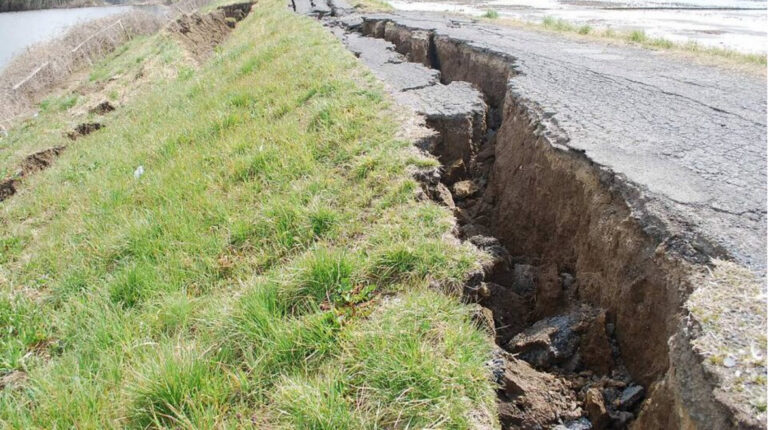
Earth Science and Engineering
When Earth breaks the “rules”
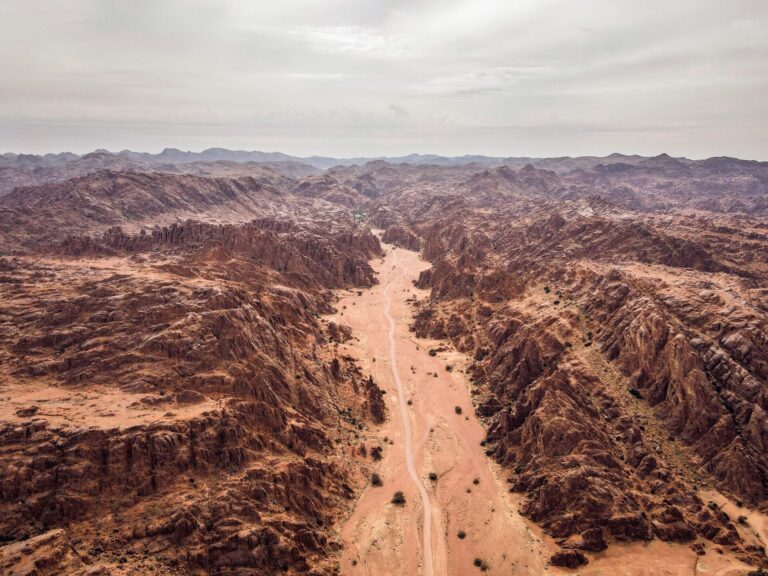
Earth Science and Engineering
Unearthing Arabia’s ancient foundations: New insights from the Ha’il terrane
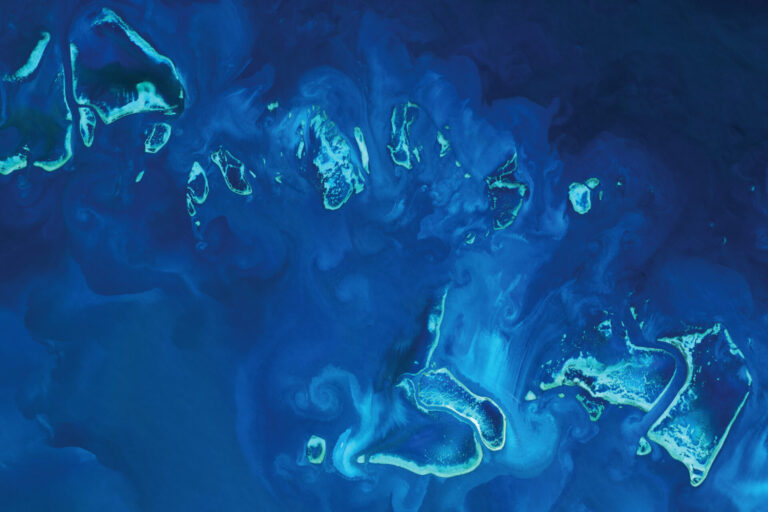
Earth Science and Engineering
Sensing color cues to monitor coral health in the Red Sea
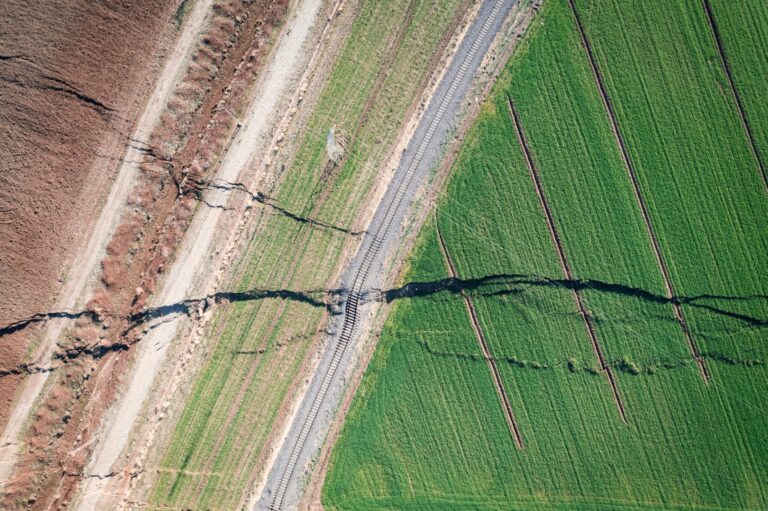
Earth Science and Engineering
Kahramanmaraş earthquake study showcases potential slip rate errors

Chemical Engineering
Unveiling the role of biomass-burning aerosols in atmospheric reactions
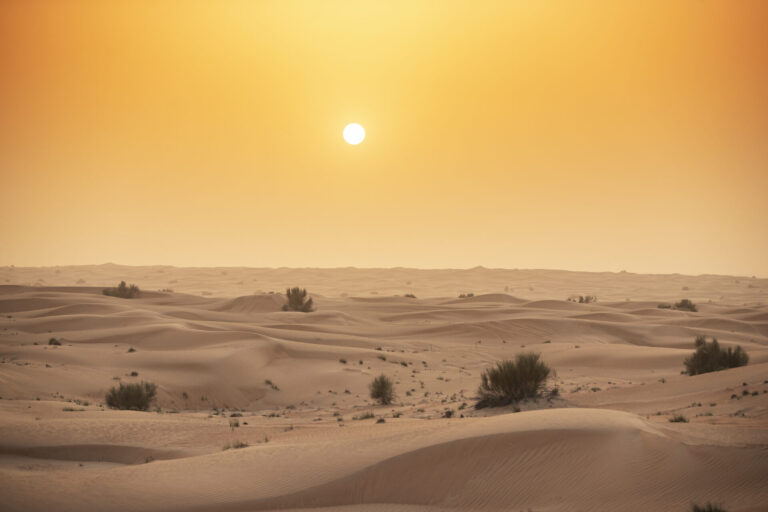
Earth Science and Engineering
Feeling the heat across the Middle East
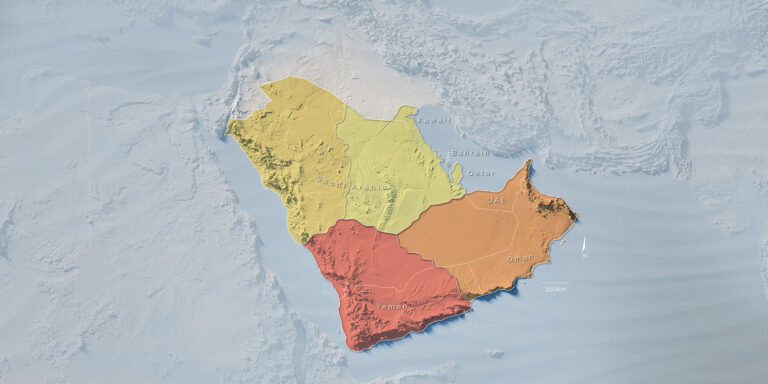
Applied Mathematics and Computational Sciences
Past and future drought patterns across the Arabian Peninsula

Earth Science and Engineering




